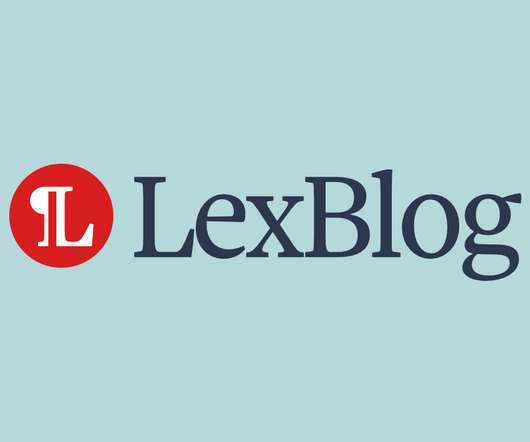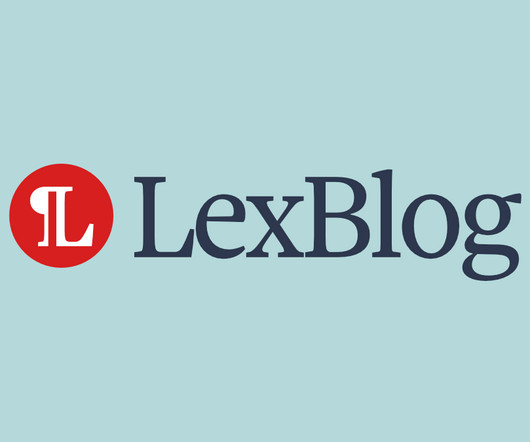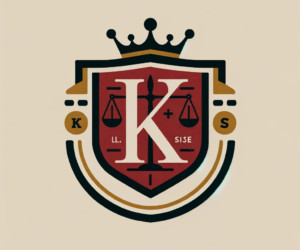IP Protection For Fintech Companies
IIPRD
JANUARY 24, 2023
Software being a Grey area can be provided protection under two heads, while trade secrets plays a major role in protection of innovation including patent. A robust and substantive IP portfolio does not only protect inventions but, also demonstrates the strength of the innovative business models of companies.












Let's personalize your content